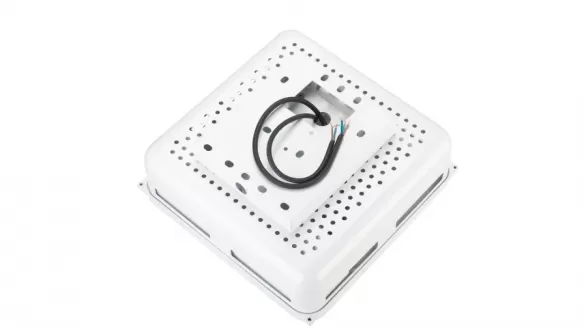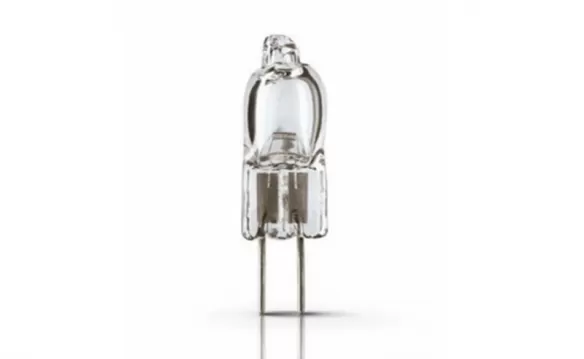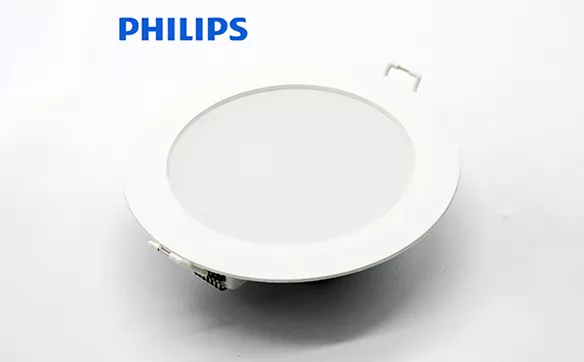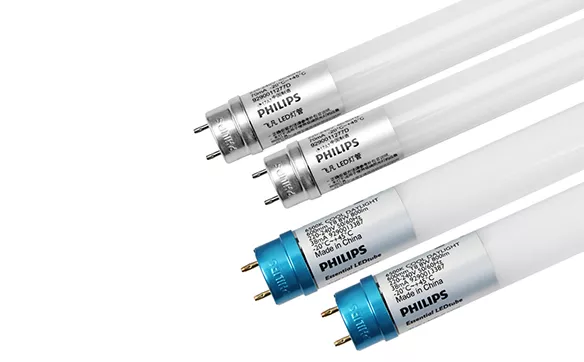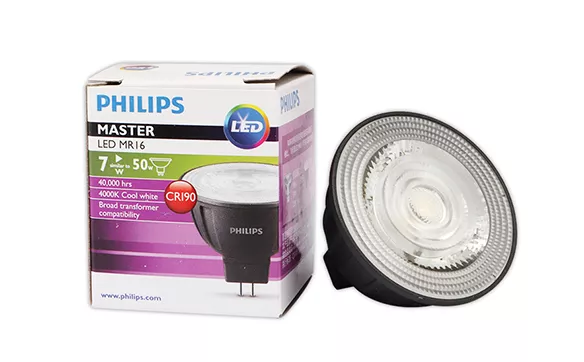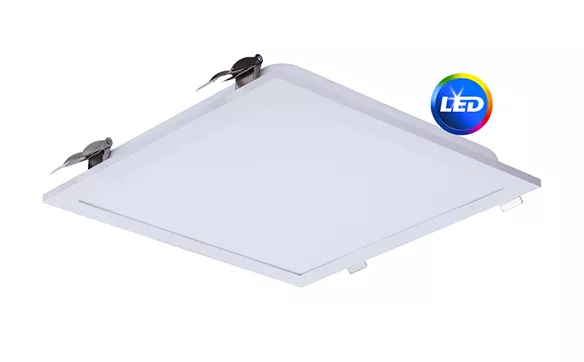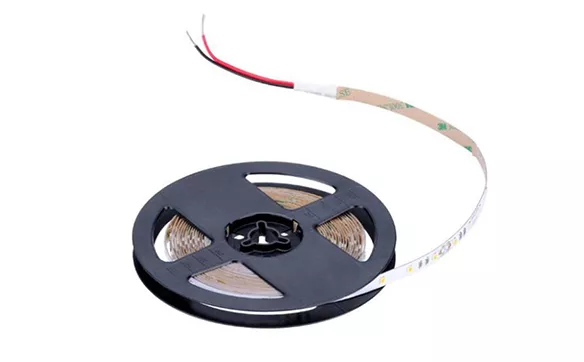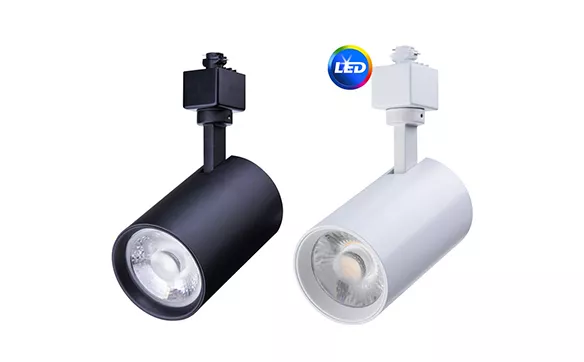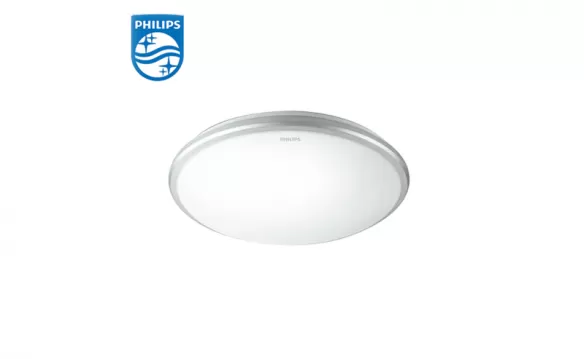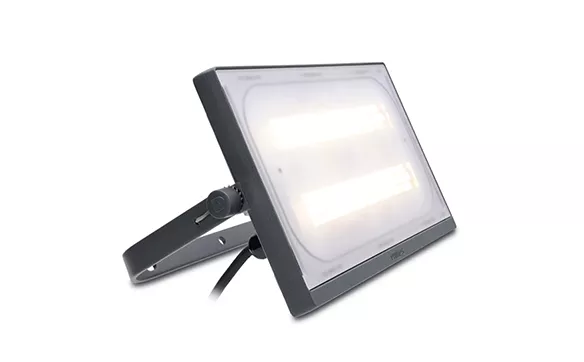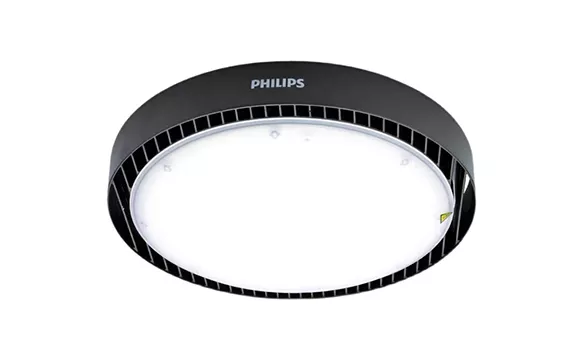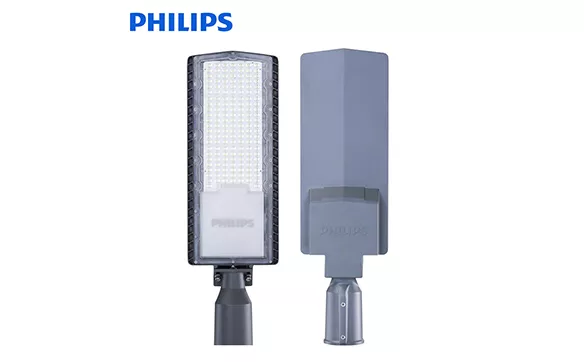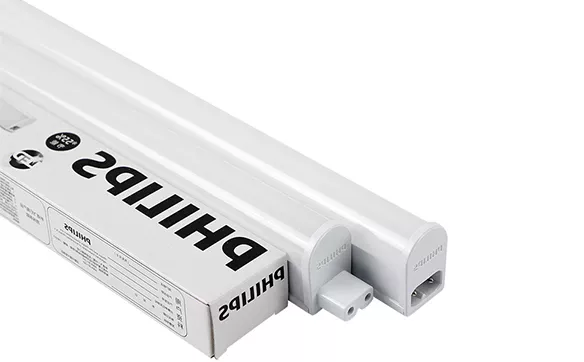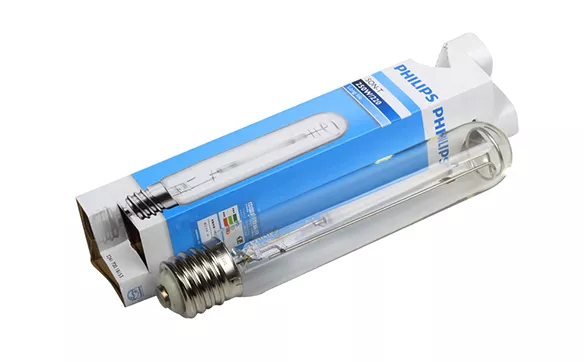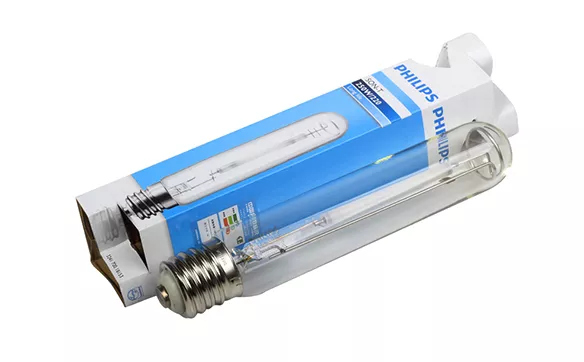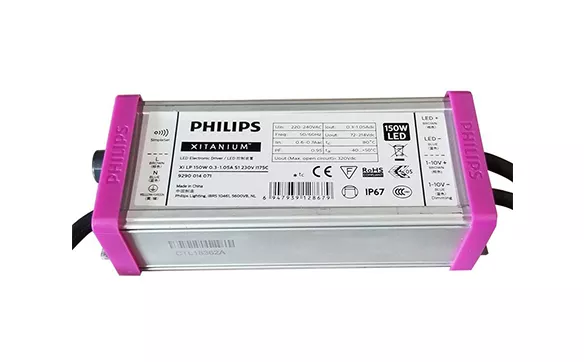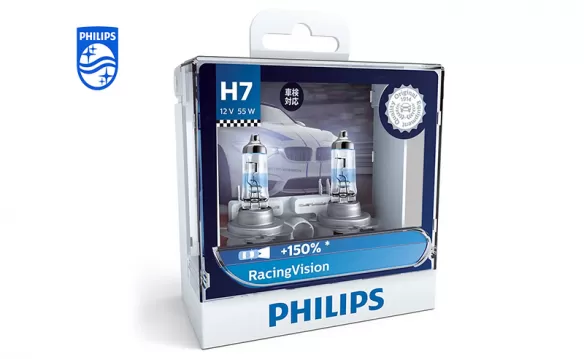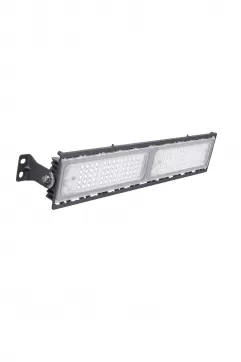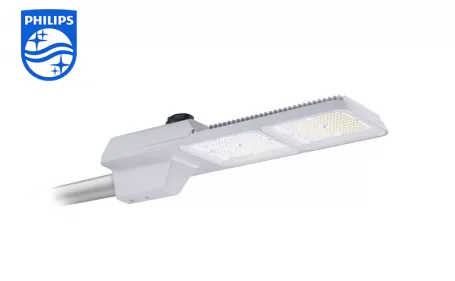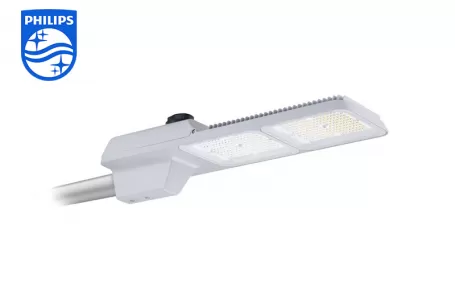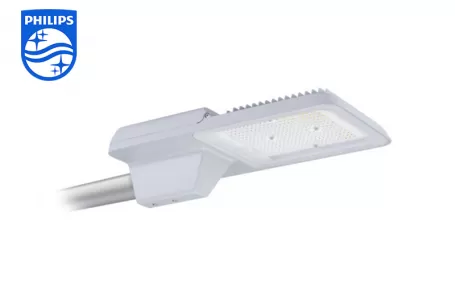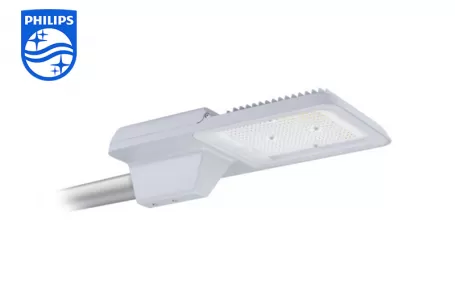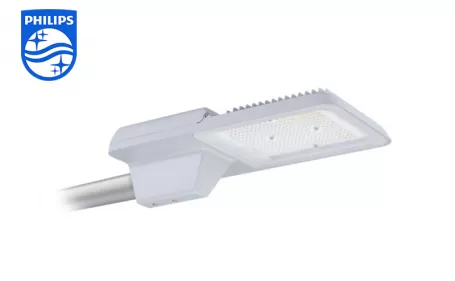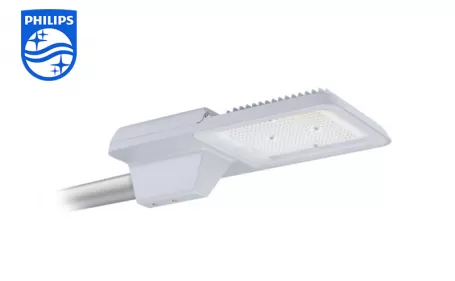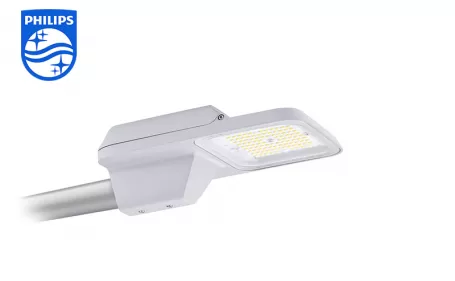Have you ever wondered how metal halide lights compare to light-emitting diodes (LEDs)? Let’s take a closer look, starting with a direct comparison, followed by a deeper dive into each technology.
What is a Metal Halide Light?
Metal halides are compounds formed when metals combine with halogen elements. Common examples include sodium chloride (table salt) and uranium hexafluoride (used in nuclear reactors). In lighting, a metal halide lamp generates illumination by passing an electric current through a mixture of mercury and metal halide gases. This process is similar to how other gas-discharge lamps, such as mercury vapor lamps, operate—the key distinction lies in the gas composition. The addition of metal halide vapor enhances both the efficiency and the overall quality of the light output.
The Advantages of Metal Halide Lights
Metal halide lamps are significantly more efficient than traditional incandescent bulbs—often delivering three to five times the efficiency. They also stand out for producing light with a much higher quality and intensity. Depending on the specific blend of metal halides used, these lamps can achieve very high color temperatures, sometimes reaching up to 5500K. This makes them especially valuable in applications that demand strong, bright, and natural-looking illumination, such as vehicle headlights, sports stadiums, or professional photography setups. Above all, the greatest strength of metal halide lighting lies in the superior quality of the light it produces.
The Drawbacks of Metal Halide Lights
Despite their strengths, metal halide lamps come with several notable disadvantages. One of the biggest issues is their long warm-up time. In many warehouses, stadiums, and industrial facilities, these lamps can take 15–20 minutes to reach full brightness. This delay creates multiple challenges: they cannot be switched on and off instantly, lighting needs must be anticipated in advance, and facilities often keep lights running unnecessarily during short downtimes just to avoid waiting for them to restart.
Another drawback is efficiency loss when operating below full power, which reduces their performance in variable lighting conditions. Lifespan is also a concern—most metal halide bulbs last only 6,000 to 15,000 hours. While the upfront cost may be comparable to LEDs, the frequent need for replacements means you could end up buying two to five metal halide lamps to match the service life of a single LED. Over time, this translates into significantly higher maintenance costs and more frequent disruptions.
Minor Drawbacks of Metal Halide Lights
In addition to their major shortcomings, metal halide lamps also have some secondary disadvantages. One of the most significant is that they are omnidirectional—they emit light in all directions (360 degrees). While this may sound beneficial, it actually creates inefficiency. To properly illuminate a specific area, much of the light must be reflected or redirected with the help of fixtures and reflectors. This redirection process inevitably leads to energy losses, meaning the actual usable light output is lower than what a comparable directional light source, such as an LED, could achieve.
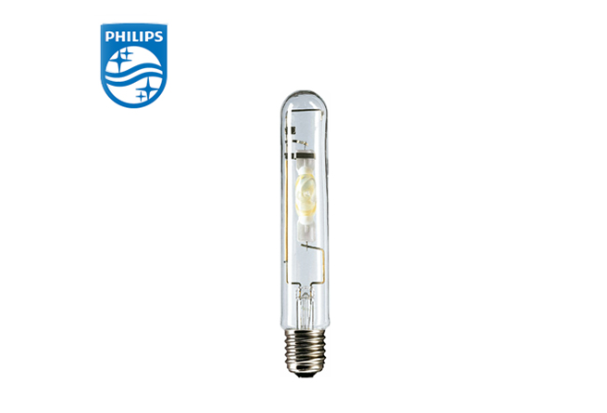
Where Are Metal Halide Lights Commonly Used?
LEDs
Metal halide lamps are most often found in environments that demand powerful, large-area illumination. Typical applications include sports facilities such as stadiums, arenas, and hockey rinks, as well as high-bay lighting for warehouses, factories, and other expansive indoor spaces. Their high intensity and bright light output make them well-suited for these large-scale settings.
What is a Light Emitting Diode (LED)?
LED stands for light-emitting diode. A diode is an electrical component with two terminals—an anode and a cathode—that allows current to flow in only one direction. Diodes are usually made from semiconductor materials such as silicon or selenium, which conduct electricity under certain conditions, like specific voltage or current levels.
When an electric current passes through the semiconductor in an LED, it releases energy in the form of visible light. In essence, the process works in reverse of a photovoltaic cell, which converts light into electrical current. This solid-state technology is what makes LEDs highly reliable, efficient, and adaptable for a wide range of lighting applications.
What’s the Major Upside to LED Lights?
There are four major advantages to LED lighting:
1. LEDs have an extremely long lifespan compared to all other lighting technologies (including LPS and fluorescent lights, but especially metal halide lights). New LEDs can last 50,000 to 100,000 hours or more. By contrast, the typical lifespan of a metal halide bulb is only 6,000 to 15,000 hours—about 12–30% as long.
2. LEDs are also extremely energy efficient relative to every other commercially available lighting technology. This is due in part to the fact that they waste very little energy as infrared radiation (heat), and they emit light directionally (180 degrees rather than 360), which means far fewer losses from redirection or reflection.
3. Another advantage is the very high quality of light they produce.
4. Finally, LEDs involve very low maintenance costs and minimal hassle thanks to their durability and long service life.
What are Minor Upsides to LED Lights?
In addition to the major advantages, LED lights offer several smaller perks, including:
Accessories: LEDs require far fewer accessory lamp parts.
Color: LEDs can be designed to produce the full spectrum of visible light without the need for traditional color filters.
Directional: LEDs are naturally directional, emitting light over 180 degrees by default.
Size: LEDs can be much smaller than other types of lights, including incandescent bulbs.
Warm-Up: LEDs switch on instantly, with no warm-up or cool-down period.
What’s the Downside to LED Lights?
Given their advantages, you might think LED lights are an obvious choice. While that is increasingly true, there are still a few trade-offs to consider.
The most notable downside is cost. LED lights are relatively expensive upfront. The initial investment for an LED lighting project is generally higher than for most alternatives. However, LED prices are rapidly decreasing, and as adoption continues to grow, costs are expected to drop further.
That said, the upfront cost of LEDs compared to metal halide lights is actually fairly similar. Depending on the specific model and specifications, both types of lights typically range from $10 to $30 per luminaire. Of course, prices can vary depending on the particular light in question.
Where is LED Commonly Used?
The first practical application of LEDs was in circuit boards for computers. Since then, their use has gradually expanded to traffic lights, illuminated signs, and more recently, indoor and outdoor lighting.
LED lights are an excellent solution for gymnasiums, warehouses, schools, and commercial buildings. They are also well-suited for large public areas that require powerful, efficient lighting, as well as for roadways—offering significant color advantages over low- and high-pressure sodium lights—and parking lots.
What's the Difference Between Metal Halide and LED Lights?
The two technologies use entirely different methods to produce light. Metal halide bulbs contain metals that are evaporated into an inert gas inside the glass casing, whereas LEDs are solid-state semiconductor devices. Both produce very high-quality light. However, LEDs generally last much longer, are more energy-efficient, and require less maintenance. Metal halides, on the other hand, have long warm-up periods and shorter lifespans, but they produce high-quality light and are particularly efficient when it comes to very cool color temperature outputs.
Why Would LEDs Put Metal Halide Bulbs Out of Business?
Some metal halide lamps require long warm-up periods—typically 15–20 minutes—when first turned on or after a power interruption. There is also a small risk that a metal halide lamp could explode. Although rare and preventable with measures such as replacing bulbs before the end of their expected lifespan and changing them in groups rather than individually, the possibility of injury or damage remains. These precautions can increase costs and shorten the effective lifespan of the lighting system.
Additionally, metal halide bulbs are inefficient energy users. They must often be run longer than necessary due to warm-up requirements, which drives up electricity costs. While their initial price is similar to LEDs, metal halides incur additional expenses over time due to inefficient operation and frequent replacement. In large-scale facilities—such as warehouses, hockey rinks, or stadiums—these inefficiencies can add up significantly.

